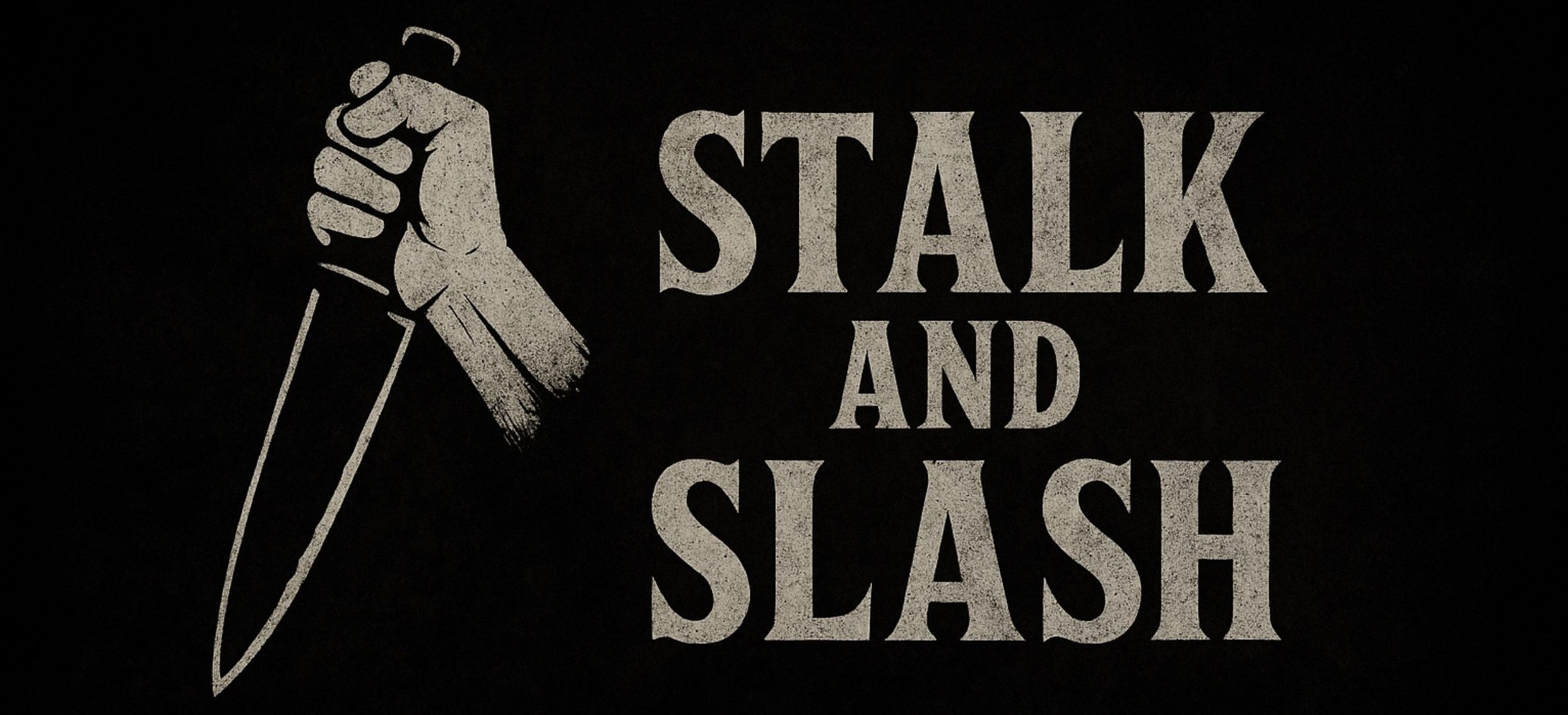
Real Name: Matthew Cordell
First Appearance: Maniac Cop (1988)
Most Iconic Form: Decomposed police officer with badge, billy club, and vengeance
Kill Count: 30+ across the trilogy, including civilians, cops, and criminals alike
Maniac Cop (1988)

Directed by William Lustig and written by Larry Cohen, Maniac Cop introduces Officer Matt Cordell, a former NYPD officer who was betrayed by his superiors and left to die in prison. But Cordell doesn’t stay dead. He returns as an undead figure of rage and twisted justice, targeting both criminals and innocents alike.
The terror stems from the uniform — no one knows who’s safe, because the killer is a cop. Panic spreads in New York City as citizens become terrified of those sworn to protect them. Cordell kills with inhuman strength, rarely speaks, and always vanishes into the night.
The film blends slasher horror with urban paranoia, and its Reagan-era distrust of authority makes it eerily timeless.
Maniac Cop 2 (1990)

The sequel goes bigger, bloodier, and bolder. Cordell returns, more zombie than man, and teams up with a sadistic serial killer to continue his mission of retribution. This time, his targets include the police brass, prison officials, and anyone involved in the cover-up that led to his original death.
This entry leans harder into action-horror, with stunt-heavy sequences, explosive shootouts, and a mounting body count. Cordell is shot, burned, and beaten — but he won’t stop. He’s not seeking revenge anymore… he’s seeking redemption through blood.
With upgraded effects and deeper mythology, Maniac Cop 2 cements Cordell as a cult horror icon.
Maniac Cop 3: Badge of Silence (1993)

The third film dips into supernatural territory. After being set on fire at the end of Part 2, Cordell is resurrected through voodoo rituals, and becomes fixated on a comatose female officer wrongfully framed for murder — perhaps seeing in her a mirror of his own betrayal.
Though Badge of Silence is messier and less focused, it expands Cordell’s tragic backstory. He becomes less of a slasher and more of a revenant — a cursed soul trying to fix the system that destroyed him, even as he leaves carnage in his wake.
Still clad in his scorched uniform and wielding weapons with brutal force, Maniac Cop remains a monster in a badge — terrifying because of what he represents: the violence that hides behind authority.
Physiology & Behavior
- Was once human — Officer Matthew Cordell, framed and left for dead in prison
- Returns as a resurrected corpse, with visible decay, stitched flesh, and immense strength
- Feels no pain, survives fire, gunshots, and falls
- Wields nightsticks, knives, shotguns, and sheer brute force
- Displays selective morality: targets criminals, but kills innocents who get in his way
- Silent, methodical, and ghostlike in movement
- Occasionally shows moments of sadness or hesitation — hinting at his lost humanity
Cultural Impact
- Became a cult horror figure alongside characters like Pumpkinhead, The Tall Man, and The Creeper
- Explored themes of corruption, abuse of power, and urban fear
- Referenced in Hatchet, The Simpsons Treehouse of Horror, and Drive Angry
- Inspired later media where trusted figures become threats, like The Purge and The Boys
- A reboot from Nicolas Winding Refn and HBO was announced but stalled in development — showing the concept’s enduring relevance
League Placement
Maniac Cop belongs in the First Class Tier — an undead avenger of urban decay, corruption, and betrayal. He doesn’t hunt for sport. He kills because he was broken by the very system he served. And now, he wears the uniform not to protect… but to remind everyone what happens when justice rots from within.
